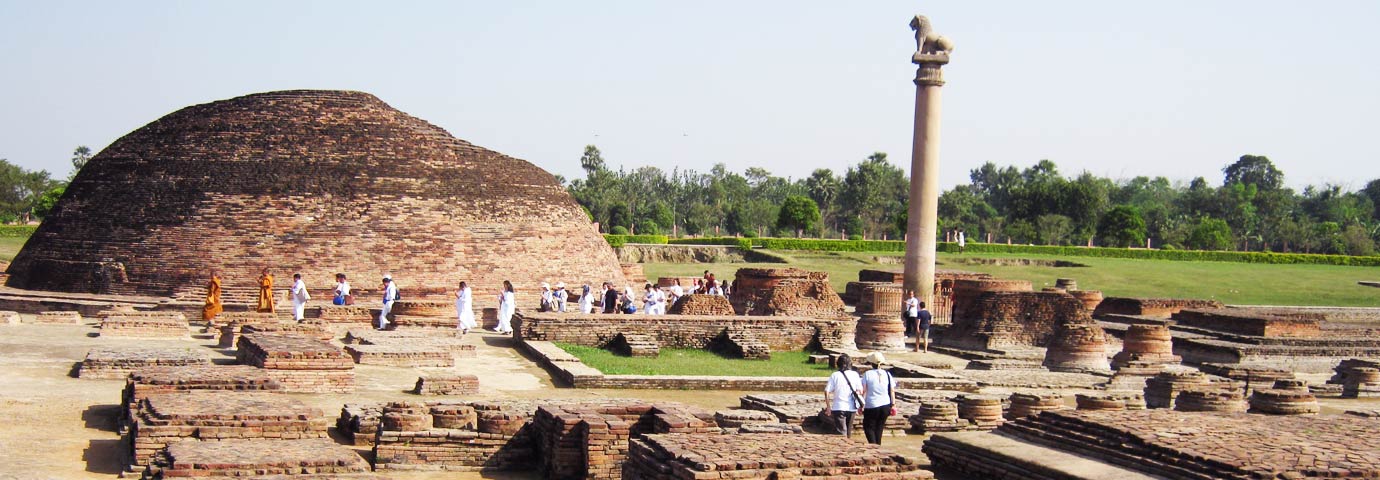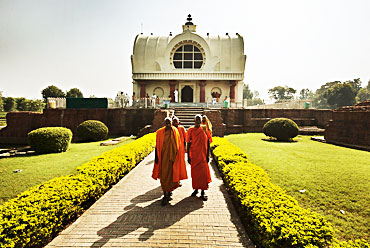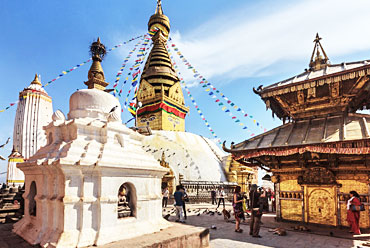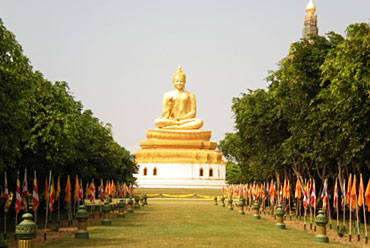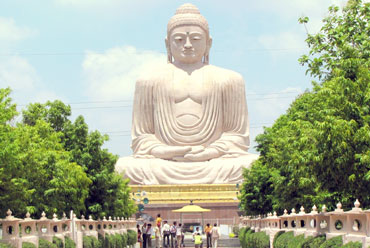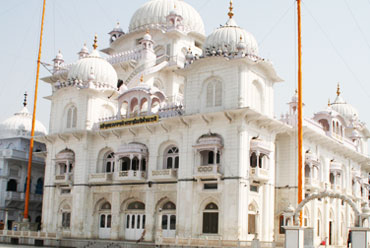Location
Vaishali is situated in the eastern Indian state of Bihar, around 55 km off Patna, the capital of the state. Vaishali extends from latitude 25° in the North to longitude 85° in the East. The town, an important place for both the Buddhists and Jains, is well connected to other important cities in Bihar by road.
History
Believed to be the first republic in the world, Vaishali has taken its name from King Vishal of the Mahabharat age. He is said to have constructed a great fort here, which is now in ruins. Vaishali is a great Buddhist pilgrimage and also the birthplace of Lord Mahavira. It is said that the Buddha visited this place thrice and spent quite a long time here. The Buddha also delivered his last sermon at Vaishali and announced his Nirvana here. After his death, Vaishali also held the second Buddhist Council.
The great Lichchavi clan ruled Vaishali in the sixth century BC, and the empire extended up to the hills of Nepal. The Lichchavi state is considered to be the first republican state of Asia. According to the Jataka stories, (Buddhist story books giving the account of different births of the Buddha), Vaishali was ruled by some 7707 kings of the Lichchavi clan. Ajatshatru, the great Magadh King, annexed Vaishali in the fifth century BC and after that Vaishali gradually lost its glory and power.
Mahavira, the last Tirthankar of Jainism, was born in Kundupur near Vaishali. The father of Mahavira was King Siddartha and his mother Trishala was the sister of King Chetaka of Vaishali. Since the wealth of his father's kingdom had increased during the pregnancy, the child was called Vardhaman. He was named Mahavira because he showed great courage in a very young age. After the death of his parents at the age of 30, he renounced the world after fasting for two days under an Ashoka tree in Vaishali.
Vaishali is also famous as the land of Ambapali, the great Indian dancer who is related to many folktales. Ambapali was a beautiful and talented courtesan, who later took sanyas to follow the path of the Buddha.

